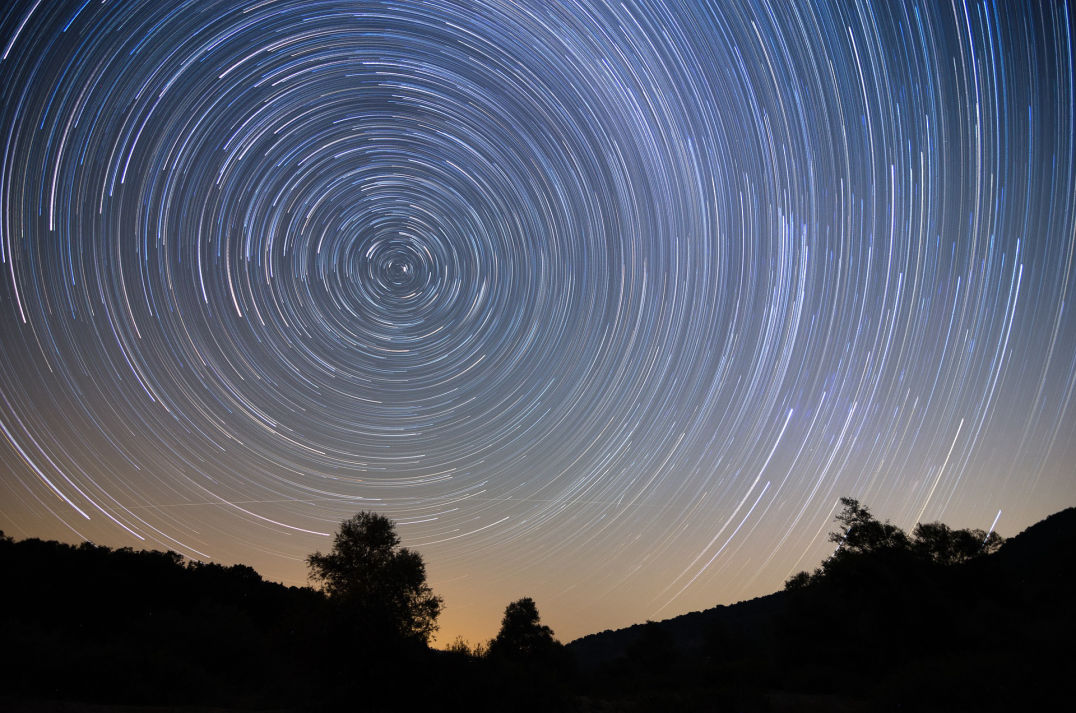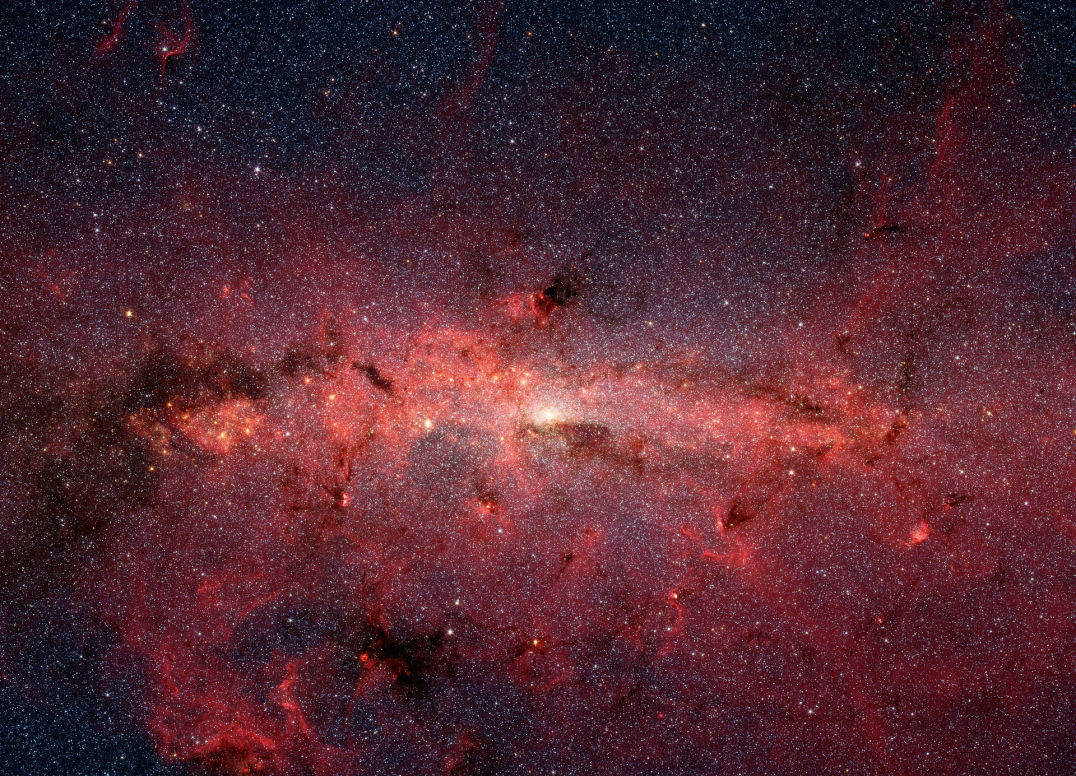Philosophy of Use
Fastrometry is not a “blind” solver, although the techniques developed for the fast solution can certainly be developed to likewise produce a very fast blind solution, which is future work. However, when a professional astronomer or a given telescope observatory requires a WCS for an image, they typically have images from an observatory which they regularly use, or, from one which they've gathered several or many images from for some observation proposal. In these normal operating conditions, it is quite rare that a professional astronomer would not know the approximate direction which the telescope was pointing for an image, and likewise the field scale would already be known approximately if not precisely. With right ascension, declination, and the field scale known to ten percent accuracy (or better in most use-cases), then the fastrometry algorithm will automatically solve the WCS in a few milliseconds. Field rotation can be a free or open parameter, but at this early stage of development the image parity must be such that, if there were zero rotation in the field, then “up” should correspond to increasing declination and “left” should correspond to increasing right ascension. With further development of the algorithm, these restrictions will likewise become released.


